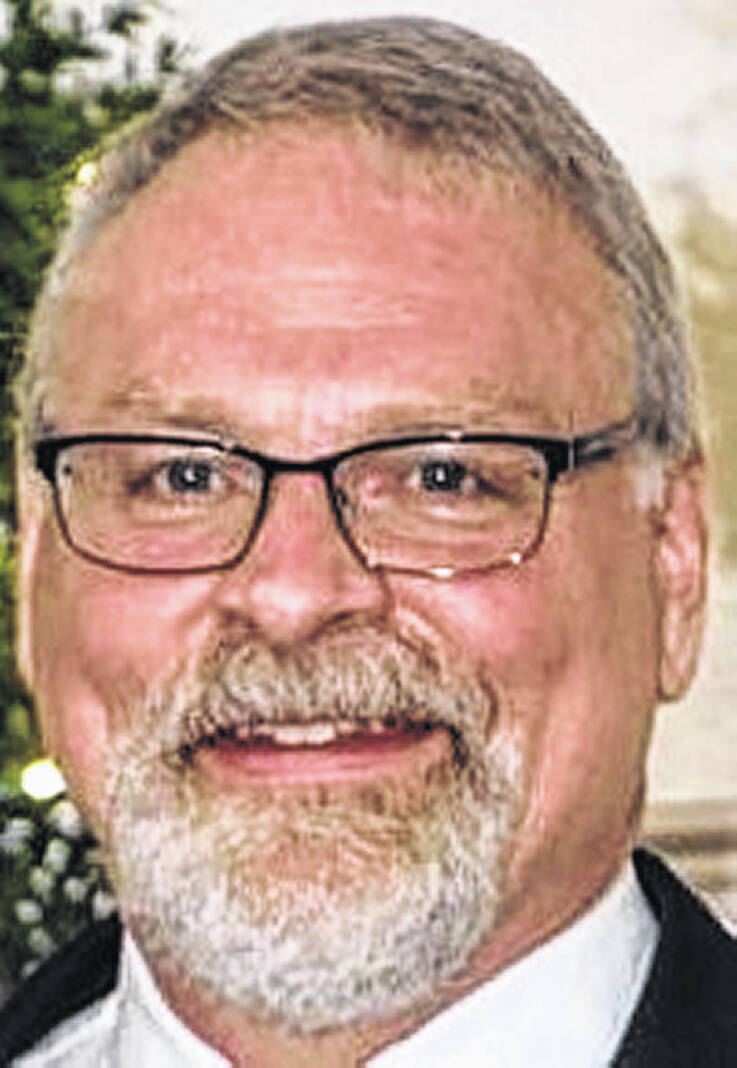
Derek Russell
Guest columnist
Many years ago I took a church youth group to Marengo Caves in Indiana. We spent a couple of hours underground touring the caves with lot of twists, turns and smallish places we belly-crawled through. At one point our guide told us of a similar group of tourists back in 1982 who turned a corner and were confronted by a masked gunman on a ledge demanding that they turn over their valuables. They laughed as they assumed it was part of the tour. It wasn’t.
The gunman discharged his weapon into the rocky ceiling and demanded their valuables again, which they promptly collected and turned over to him. He took the one and only flashlight from them and left them in the total darkness. As they were standing there wondering what to do, they heard their tour guide, Pete, instruct them to sit down where they were while he made his way back to get some light and bring them out. It took a while. Imagine them sitting there in the complete darkness for hours, waiting for their rescuer to show up.
I thought about that story when I read something that Jesus said once. It’s recorded in John 8:12: “I am the light of the world. Whoever follows me will never walk in darkness, but will have the light of life.” Jesus said these words during one of the big Jewish festivals, the Feast of Tabernacles. Many historians and commentators theorize that Jesus was in the Court of Women in the Jewish Temple when he said those words. (The Court of the Women was as far as the women could go in, but that court was open to any Jewish person in good standing.) The reason scholars believe this is that there was a light ceremony during the Feast of Tabernacles that happened at night in the Court of Women.
Four huge stands were erected in that place, each with four bowls on top holding flammable oil. At night, the 16 bowls were lit (think something like the Olympic flame for a modern-day equivalent), and the blaze could be seen from very far away, reflecting off the yellow limestone walls of the city. If Jesus was standing under one of these flammable stands, then his choice of location emphasized his message as if he were saying, “You see how these flames can light up the whole city? I tell you, I can light up the whole world!”
What did Jesus mean? Based on how light was used as a symbol for several things in the Old Testament, he was saying that those who follow him can find guidance, wisdom and direction for their lives. They don’t have to wander around aimlessly or ineffectively as if they are stumbling in the dark, stubbing their toes. When they put their belief in Jesus, meaning they trust him as their guide in life, and they learn from him and put his words into practice, then they will find a clear way in front of them with the right amount of lighting necessary to keep on walking.
That has been my experience with Jesus. When I am confused or unclear about what direction to go, I take it to him. I find that he guides me into the right way – not necessarily the easiest way – but the right way. I put my faith and trust in him, and he makes an amazing promise to me: I don’t have to try to walk in darkness any longer.
Imagine the tourists sitting in the darkness in Marengo Caves when Pete, the tour guide, showed up with flashlights. I don’t think any of them hesitated to get up and get out of there. It is not as if some of them said, “Oh, I was really enjoying the dark. I think I’ll stay. Just go away and leave me here.” Yet that is what I think some people do when it comes to Jesus, who claims to be the light of the world. Maybe they don’t trust that he actually is the light, or maybe they think his light is meant for other people but not for them.
If Jesus is to be believed and taken at his word, then he came into the darkness for you, and he wants to lead you out into the light. Will you give him a try?
Derek Russell is pastor of the Hillsboro Global Methodist Church. He loves Jesus, family, dogs and football.

